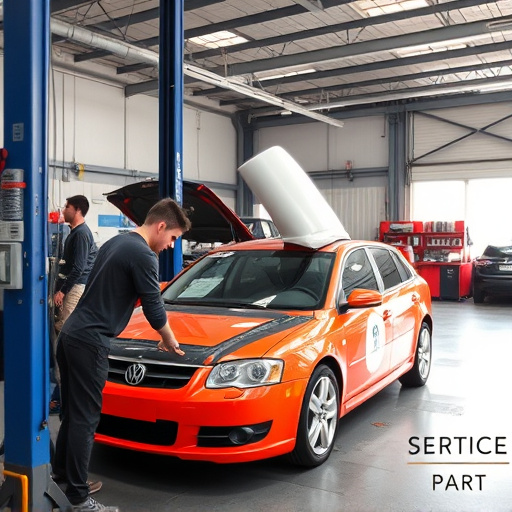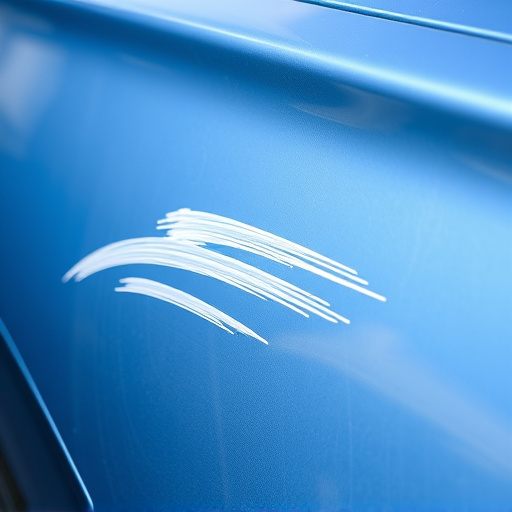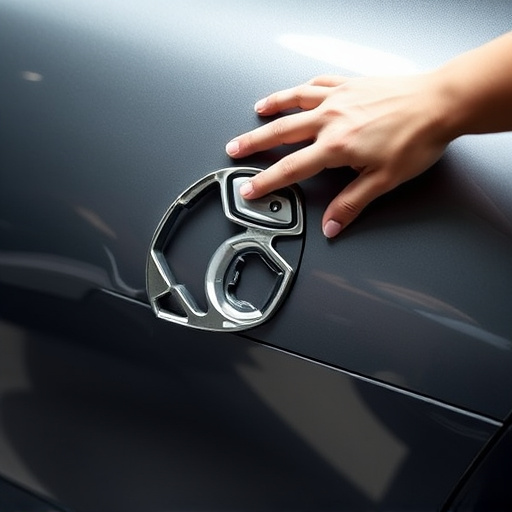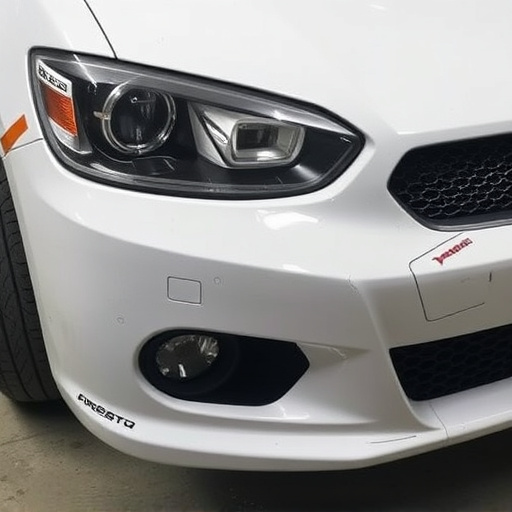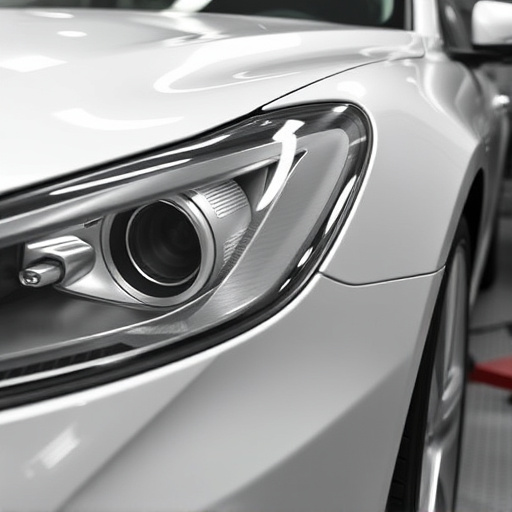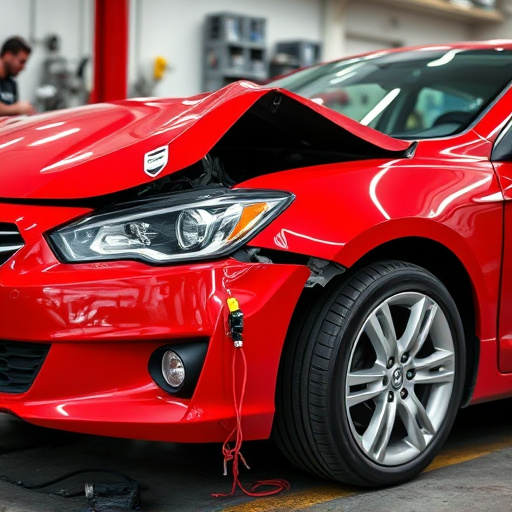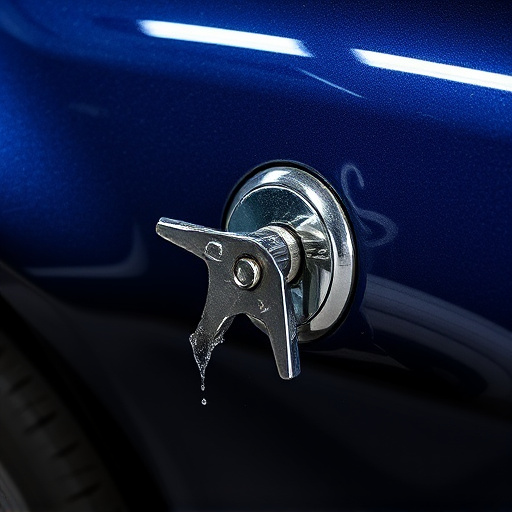Leak detection is a critical step in AC repair after a collision, using advanced tools like visual inspections, pressure testing, and thermal imaging to identify even tiny cracks or seals. Skilled technicians prioritize thorough leak detection to prevent water intrusion, ensuring optimal AC performance, preventing secondary damage, and creating a safe riding environment, ultimately prolonging the system's life. Modern technologies like infrared thermal imaging and UV leak detectors transform AC repair, delivering faster, efficient solutions that enhance customer satisfaction.
After a collision, leak detection in AC systems becomes crucial for effective post-collision repairs. Understanding the basics of leak identification is essential to mitigate water intrusion, a common issue that can compromise the efficiency and longevity of your air conditioning unit. This article explores advanced technologies used to efficiently locate leaks, ensuring optimal AC repair after collision, thus enhancing energy efficiency and prolonging system lifespan.
- Understanding Leak Detection Basics in AC Systems
- Impact of Water Intrusion on Post-Collision AC Repair
- Advanced Technologies for Efficient Leak Identification
Understanding Leak Detection Basics in AC Systems

Leak detection is a critical aspect of AC repair after a collision. In automotive restoration, particularly after a car accident, identifying and fixing leaks in an air conditioning (AC) system is essential for both functionality and safety. These systems contain refrigerants that, if released, can have severe environmental impacts and pose health risks.
Automotive repair shops equipped with advanced tools use various methods to detect leaks, such as visual inspection, pressure testing, and thermal imaging. By identifying even the smallest of cracks or seals, professionals in car repair shops can promptly address the issue, ensuring the AC system operates efficiently post-collision. This not only enhances comfort for drivers and passengers but also prevents further damage to the vehicle’s delicate components.
Impact of Water Intrusion on Post-Collision AC Repair
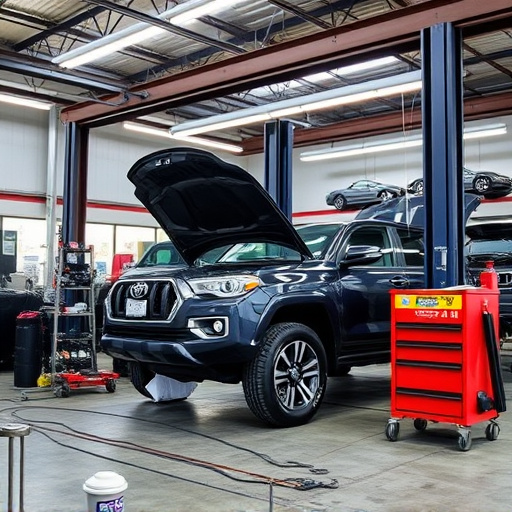
Water intrusion following a collision can significantly impact the complexity of AC repair after collision. While initial assessments may focus on structural damage and cosmetic repairs like scratch repair or luxury vehicle repair, neglecting to address moisture issues can lead to long-term problems within the air conditioning system. Moisture, often introduced through shattered windows or damaged seals, can cause corrosion in electrical components, reduce refrigerant efficiency, and promote mold growth inside the vehicle’s cabin—a concern that goes beyond mere AC functionality.
In an automotive body shop, skilled technicians understand that thorough leak detection is crucial to successful AC repair after collision. Identifying and rectifying water intrusion points before finalizing repairs ensures the system operates efficiently, mitigates secondary damage, and provides drivers with a comfortable and safe riding environment. Prompt action on these fronts not only prolongs the life of the AC system but also prevents potential safety hazards associated with faulty air conditioning in vehicles post-collision.
Advanced Technologies for Efficient Leak Identification
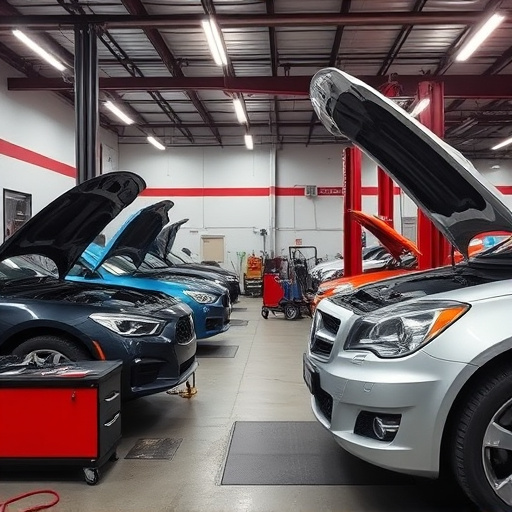
In the realm of AC repair after a vehicle collision, efficient leak identification is paramount. Advanced technologies have revolutionized this process, enabling technicians to pinpoint leaks with unprecedented precision. Techniques such as infrared thermal imaging and ultraviolet (UV) leak detectors are game-changers in the auto body repair landscape. These tools visually represent temperature anomalies and detect even the subtlest of gas leaks, ensuring no stone is left unturned during the repair process.
By integrating these modern technologies, car repair services can offer faster and more effective solutions for AC repairs post-collision. This not only enhances the overall customer experience but also guarantees that every component is thoroughly inspected and addressed, resulting in a vehicle that’s as good as new in terms of climate control functionality.
Proper leak detection is an indispensable step in effective AC repair after a collision, preventing further damage and ensuring optimal system performance. By understanding basic leak detection principles, recognizing the adverse effects of water intrusion, and embracing advanced technologies, technicians can efficiently identify and address leaks, ultimately enhancing the reliability and longevity of post-collision air conditioning systems. This ensures that folks experiencing AC issues following collisions receive top-notch repairs that restore comfort without compromising safety.
